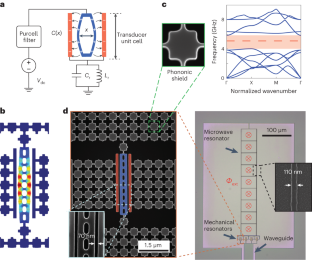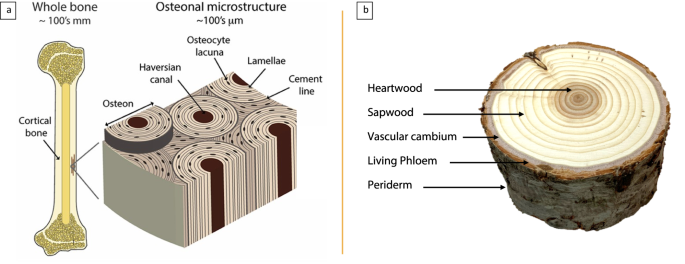2023-06-22 テキサス大学オースチン校(UT Austin)
◆彼らはアストロメトリという手法を用いて、ホスト星の微妙な動きから惑星の存在を推定しました。この新しい手法は、太陽系外惑星の発見に新たなツールとなる可能性があります。今後の研究では、この惑星の物理的特性や大気化学をさらに詳しく調査する予定です。
<関連情報>
- https://cns.utexas.edu/news/research/new-era-exoplanet-discovery-begins-images-jupiters-younger-sibling
- https://iopscience.iop.org/article/10.3847/2041-8213/acd6f6
ダイナミック・ビーコンとしての天体加速: 若い恒星AF Lepのデブリ円盤内に巨大惑星が撮像される Astrometric Accelerations as Dynamical Beacons: A Giant Planet Imaged inside the Debris Disk of the Young Star AF Lep
Kyle Franson, Brendan P. Bowler, Yifan Zhou, Tim D. Pearce, Daniella C. Bardalez Gagliuffi, Lauren I. Biddle, Timothy D. Brandt, Justin R. Crepp, Trent J. Dupuy, Jacqueline Faherty, Rebecca Jensen-Clem, Marvin Morgan, Aniket Sanghi, Christopher A. Theissen, Quang H. Tran, and Trevor N. Wolf
Astrophysical Journal Letters Published 2023 June 22
DOI:10.3847/2041-8213/acd6f6

Abstract
We present the direct-imaging discovery of a giant planet orbiting the young star AF Lep, a 1.2 M ⊙ member of the 24 ± 3 Myr β Pic moving group. AF Lep was observed as part of our ongoing high-contrast imaging program targeting stars with astrometric accelerations between Hipparcos and Gaia that indicate the presence of substellar companions. Keck/NIRC2 observations in with the vector vortex coronagraph reveal a point source, AF Lep b, at ≈340 mas, which exhibits orbital motion at the 6σ level over the course of 13 months. A joint orbit fit yields precise constraints on the planet’s dynamical mass of M Jup, semimajor axis of au, and eccentricity of . AF Lep hosts a debris disk located at ∼50 au, but it is unlikely to be sculpted by AF Lep b, implying there may be additional planets in the system at wider separations. The stellar inclination (i * = ) and orbital inclination (i o = ) are in good agreement, which is consistent with the system having spin–orbit alignment. AF Lep b is the lowest-mass imaged planet with a dynamical mass measurement and highlights the promise of using astrometric accelerations as a tool to find and characterize long-period planets.



